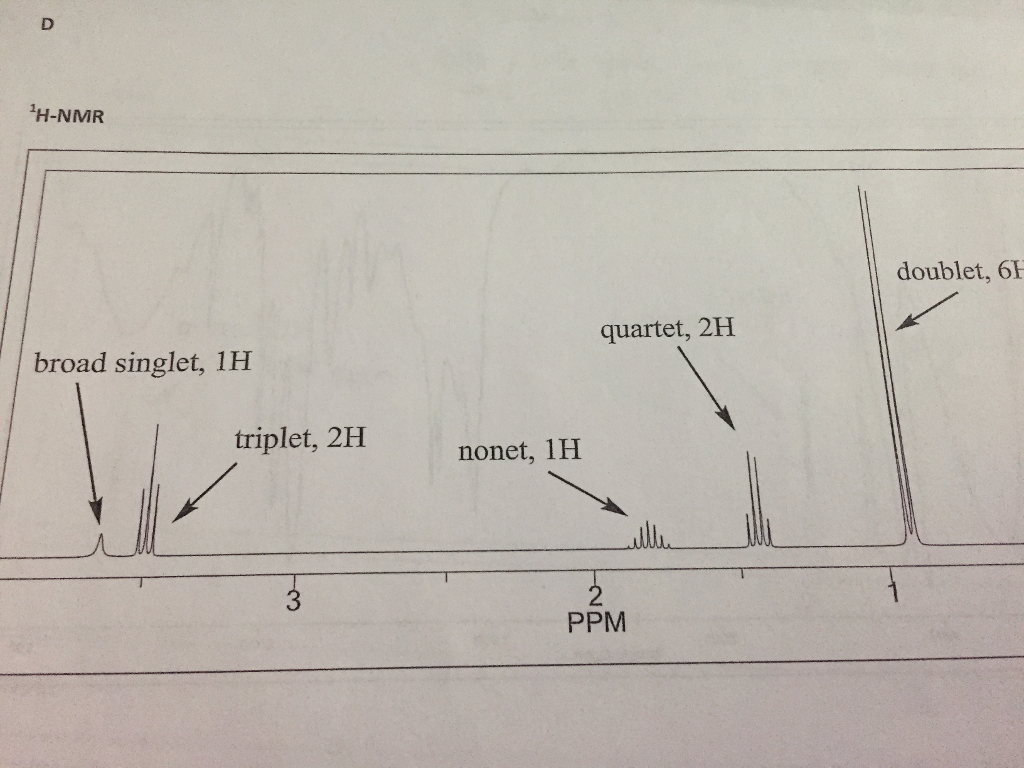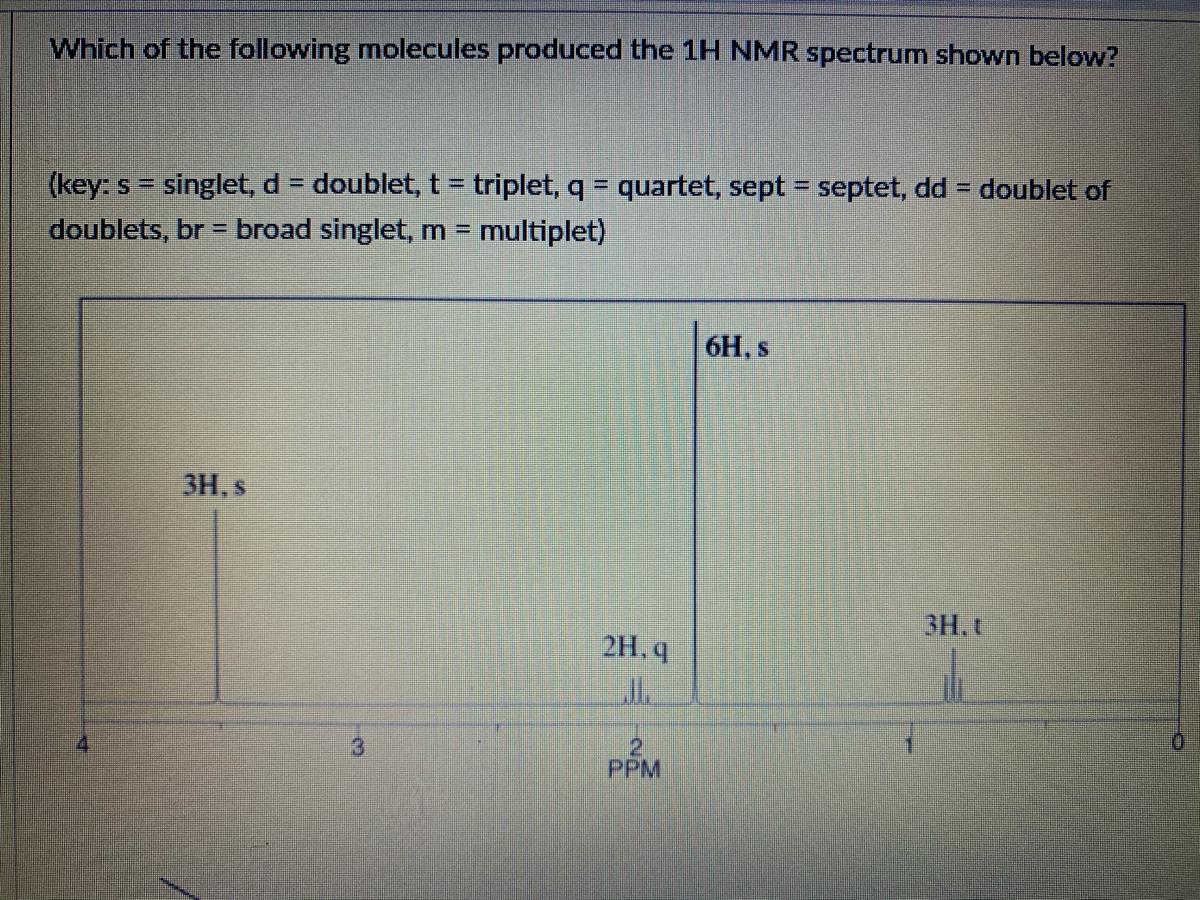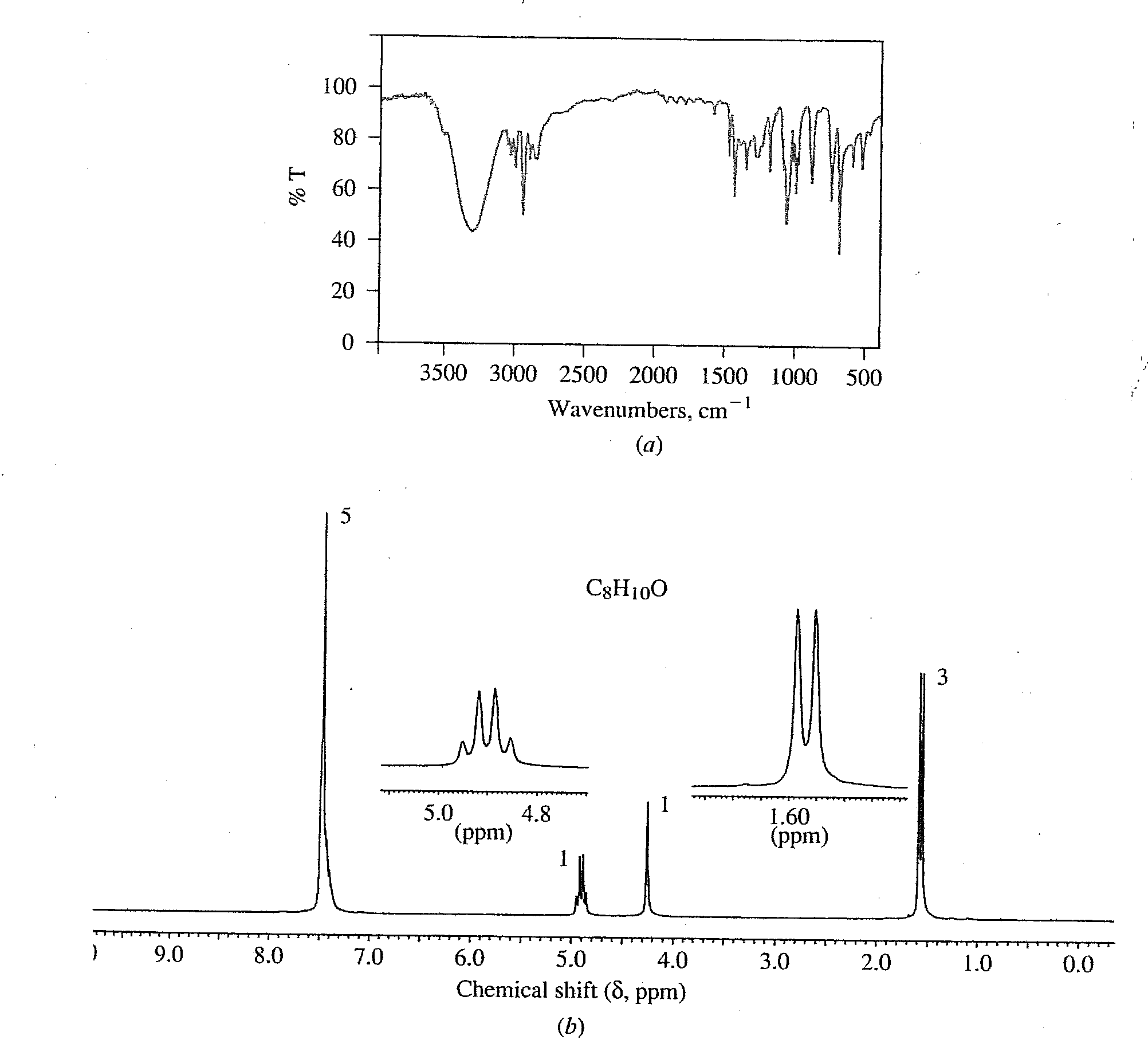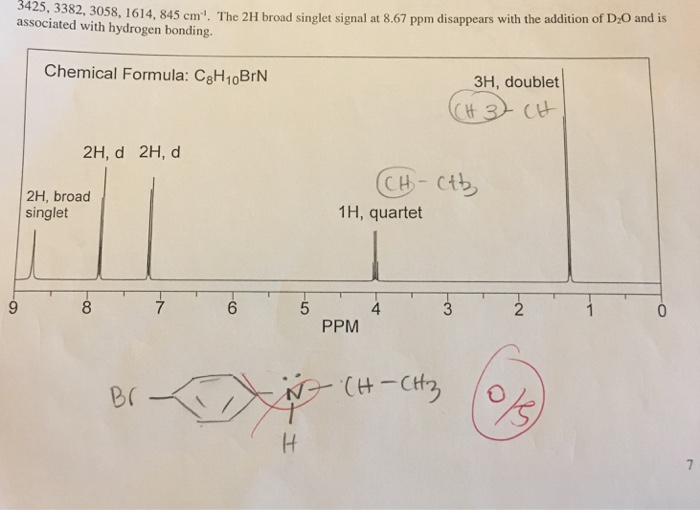
Common 1 H NMR Patterns 1. triplet (3H) + quartet (2H) -CH 2 CH 3 2. doublet (1H) + doublet (1H) -CH-CH- 3. large singlet (9H) t-butyl group 4. singlet. - ppt download

SOLVED: Mhat the molecule that would produce the following NMR spectrum? Broad Singlet 2h Doublet 2H Triplet 1H Singlet 1H PPM OH OH NHz OH OH
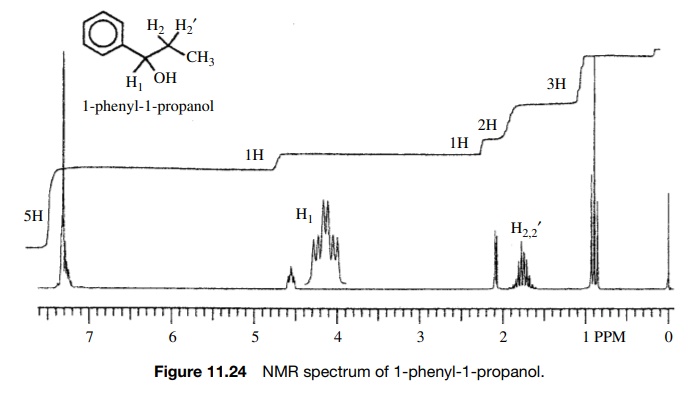
Structure Identification By 1h NMR - Structure Determination of Organic Compounds | Organic Chemistry

an expansion of the 600MHz 2D 1H COSY NMR spectrum of the pooled urine... | Download Scientific Diagram

propanamide low high resolution H-1 proton nmr spectrum of propanamide analysis interpretation of chemical shifts ppm spin spin line splitting H1 1-H nmr doc brown's advanced organic chemistry revision notes

A compound, C10H14, shows an IR peak at 825 cm-1. Its 1H NMR spectrum has peaks at delta 7.0 (4 H, - Brainly.com

Common 1 H NMR Patterns 1. triplet (3H) + quartet (2H) -CH 2 CH 3 2. doublet (1H) + doublet (1H) -CH-CH- 3. large singlet (9H) t-butyl group 4. singlet. - ppt download
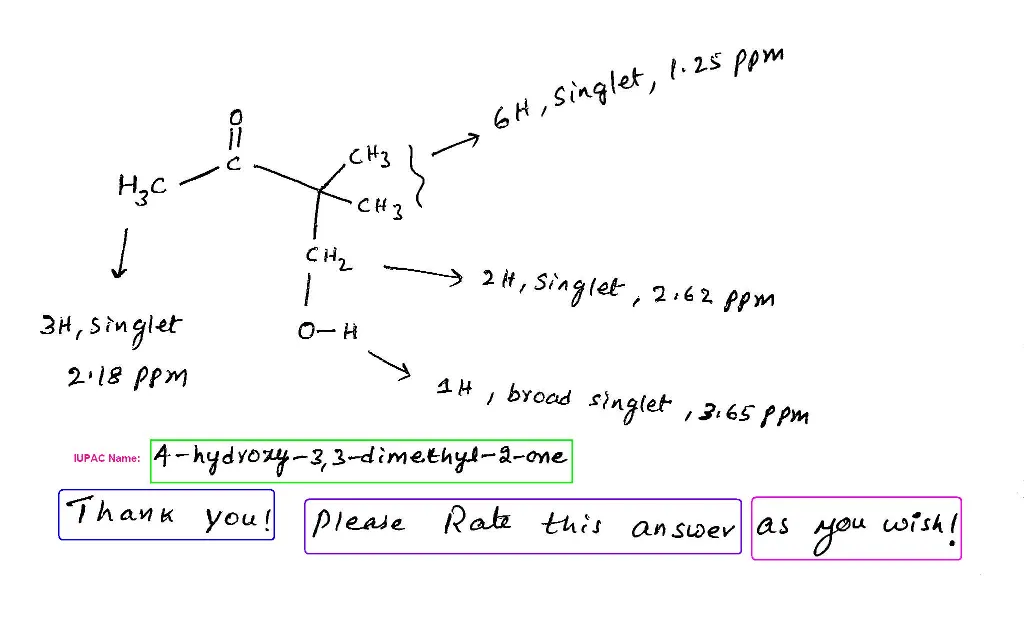
OneClass: What compound shows a 6H singlet with a 1.25 ppm, a 3H singlet with a 2.18 ppm, a 2H single...

OneClass: The 'H NMR spectrum for cyclopentanol (shown below) consists of peaks at 4.8 ppm (IH, broad...
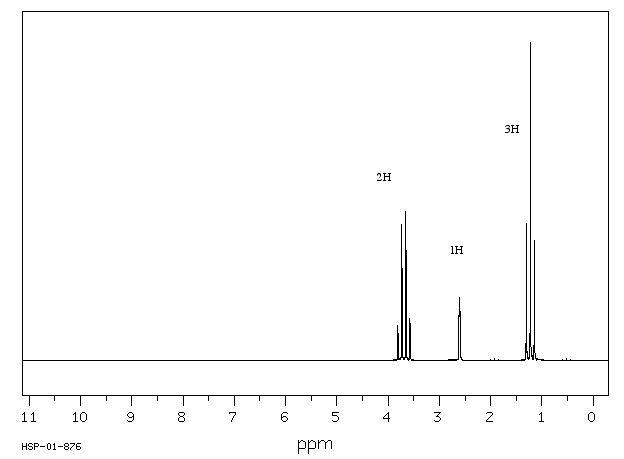

/chapter4/ch4prob/chp4prob_files/unknownpuzzle.gif)
